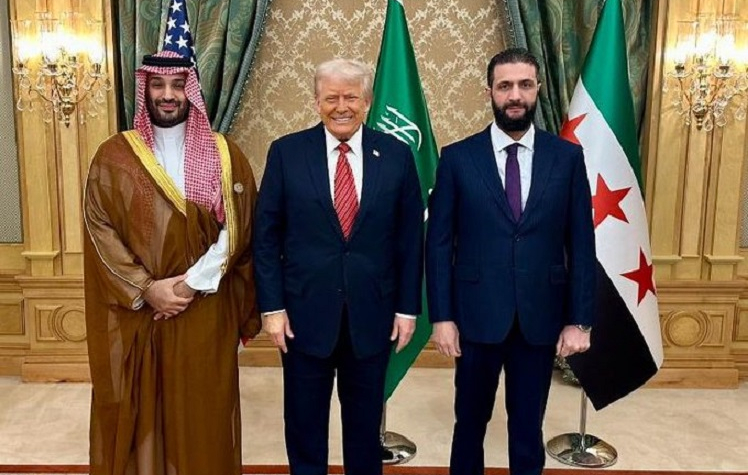In a striking shift in Middle Eastern geopolitics, Saudi Arabia and Qatar have reportedly moved to help pay off parts of Syria’s external debt. This development marks a notable thaw in relations after more than a decade of regional estrangement following Syria’s civil war and its suspension from the Arab League. The decision is not just about financial support—it’s a calculated geopolitical move with long-term implications for the region.
Reasons for the Move
1. Regional Reconciliation and Arab League Reintegration
Syria was suspended from the Arab League in 2011 due to its violent crackdown on protests. In recent years, however, there’s been a push by Gulf states to normalize ties and bring Syria back into the regional fold. Paying off Syria’s debt can be seen as a gesture of goodwill to facilitate reintegration and regional stability.
2. Counterbalancing Iranian Influence
Iran has been a key ally of Bashar al-Assad’s government throughout the civil war, gaining significant influence in Syria. By investing in Syria’s economic recovery, Saudi Arabia and Qatar are positioning themselves to counterbalance Tehran’s grip and assert their strategic interests.
3. Post-Conflict Economic Opportunities
Reconstruction in Syria is expected to cost hundreds of billions. Gulf states, particularly Qatar with its financial muscle and Saudi Arabia with its Vision 2030 strategy, see long-term investment potential in rebuilding Syria’s infrastructure and energy sectors.
4. Diplomatic Leverage and Stability
Helping to resolve Syria’s debt crisis gives Riyadh and Doha diplomatic capital. With economic support comes political leverage, allowing Gulf states to influence future Syrian policies, potentially nudging Damascus toward reforms or more regional cooperation.
Long-Term Geopolitical Implications
Realignment of Regional Alliances
This move signals a broader realignment in the Middle East, where former rivals are pursuing pragmatic diplomacy over ideological divides. Saudi Arabia’s detente with Iran, Syria’s re-entry into Arab institutions, and Qatar’s resumed dialogue with former adversaries are reshaping regional alliances.
Reduced Western Influence
As Middle Eastern powers take charge of solving regional conflicts and economic recovery independently, Western influence—especially that of the U.S.—may wane. This shift empowers Arab states to chart their course.
Potential Risks
If aid and investments are not carefully structured, they risk entrenching Assad’s regime without securing political reforms. Moreover, failure to manage competition between Gulf states over influence in Syria could reignite old rivalries.
Saudi Arabia and Qatar’s decision to help pay off Syria’s debt is part of a broader trend of realpolitik driving Middle Eastern diplomacy. It underscores a shift from confrontation to engagement, with a focus on stability, influence, and economic opportunity. While the move may help stabilize Syria and integrate it back into the Arab world, the long-term outcomes will depend on how carefully this engagement is managed amid lingering tensions and complex alliances.








